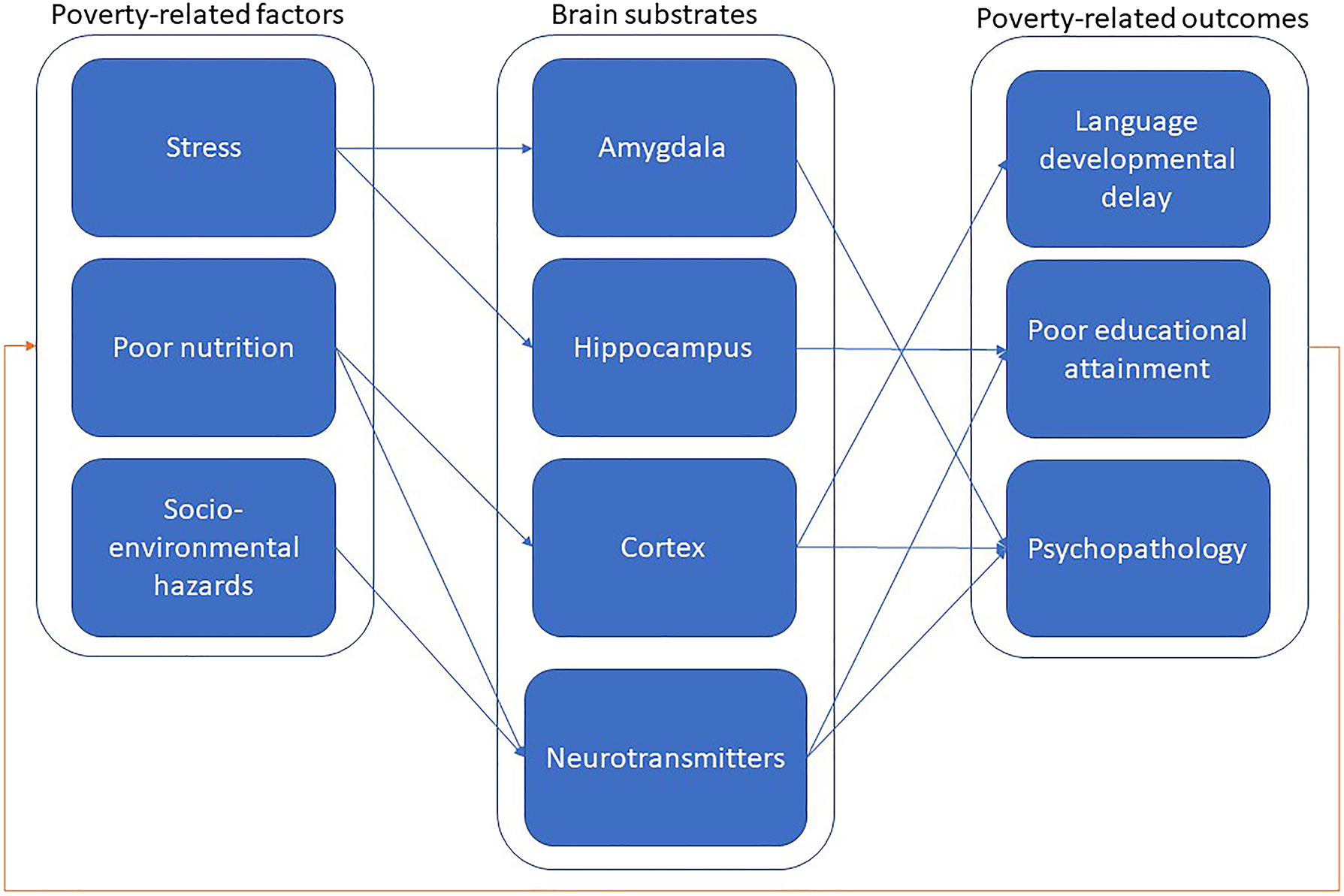
Title: The Contradiction of Perception: How Exposure to Racial Disparity Influences White Americans’ Views on Opportunity and Drive
A contradictory outcome in recent research released in Social Psychological and Personality Science uncovers a surprising and intricate pattern regarding White Americans’ views on racial disparity. Spearheaded by Dr. Nicolas Sommet from the University of Lausanne, the study indicates that White Americans residing in regions with elevated levels of Black poverty are more inclined to believe in the equality of opportunity among racial groups—while concurrently attributing Black poverty to individual shortcomings such as insufficient effort.
This finding, extracted from one of the most comprehensive psychological evaluations of racial attitudes thus far, questions traditional perceptions concerning how direct encounters with inequality mold social viewpoints and policy inclinations. Instead of nurturing empathy or a richer comprehension, closeness to poverty within marginalized communities might trigger defensive responses that reinforce prevailing racial stereotypes.
A Three-Part Investigation
The researchers undertook a multi-faceted inquiry utilizing a blend of observational and experimental data. By examining information from over 17,000 participants nationwide, the study evaluated public opinions regarding the origins of racial economic inequalities and how these perspectives differ based on one’s local racial and economic context.
1. Observational Exploration: Utilizing Gallup’s Minority Rights and Relations Series, the researchers examined how regional differences in Black poverty rates affected perceptions of racial equality. In areas where Black poverty rates soared—10 percentage points above the national average—White residents showed a 13% increased likelihood to believe that Black Americans’ poverty stemmed from personal effort rather than systemic disadvantage. In contrast, Black residents in these regions were 11% less likely to assert that opportunities were equal. This notable divergence in views highlights the interplay of racial identity and local context in shaping social beliefs.
2. General Social Survey Analysis: The team subsequently analyzed responses from White Americans in the General Social Survey, concentrating on how beliefs regarding individual versus structural causes of inequality impacted support for policies promoting equity. Individuals endorsing individualistic explanations (such as attributing poverty to lethargy) demonstrated less inclination to endorse governmental and institutional interventions like affirmative action or social welfare programs.
3. Experimental Component: In a controlled environment, White participants were presented with fictitious yet realistic situations involving visits to impoverished Black neighborhoods. The outcome? Participants reported increased levels of “interracial anxiety” and symbolic “identity threat”—emotions that prompted them to assign greater blame to internal factors like motivation instead of recognizing structural discrimination.
Psychological Self-Defense Amidst Inequality
One of the most compelling conclusions of the study is that these patterns seem to stem not from explicit racism, but from unconscious efforts to mitigate cognitive dissonance. When faced with stark racial inequalities, particularly in their own communities, individuals from majority groups may undergo internal struggles between social principles (e.g., fairness, equality) and observable inequality. To alleviate their discomfort, they may default to beliefs that shift accountability onto individuals rather than confronting systemic advantages enjoyed by their own demographic.
“Our results imply these are subconscious defenses rather than deliberate bias,” Dr. Sommet noted. “It’s a type of self-protective reasoning. Rather than address the implications of privilege, individuals modify their beliefs to maintain the notion that the system is equitable.”
Significance: Policy Implications
The ramifications of this psychological response extend beyond theory—they carry concrete implications for public policy. When substantial segments of the populace perceive racial inequalities as stemming from individual failings, support for redistributive or reparative policies wanes. This creates a self-perpetuating cycle: Inequality generates misinterpretations, which in turn inhibit the policy reforms needed to tackle it.
Additionally, the researchers found that while belief in meritocratic ideals rose with exposure to Black poverty, recognition of systemic barriers did not significantly diminish. This dual belief framework—accepting both individual effort and, inconsistently, structural inequality—suggests that addressing one misbelief may not suffice. Understandings of inequality are complex, and reforms aimed at enhancing racial equity must simultaneously address both individualistic and systemic narratives.
Hispanic Americans’ Reaction
An intriguing finding is that Hispanic Americans often mirrored the responses of White Americans in these studies. According to the researchers, this may stem from the fact that over 75% of Hispanic Americans in the General Social Survey identified as White and have, on average, shifted toward more conservative political beliefs over recent decades. This indicates that racial and cultural identity may influence how different groups perceive and react to economic disparity.
Looking Forward: Broader Implications
Dr. Sommet suggests that this phenomenon could apply beyond U.S. racial interactions, likely emerging in any society where a dominant group observes significant disparities among marginalized populations. Future research could investigate how majority populations psychologically respond to poverty within various racial, ethnic, or religious groups—especially in multicultural societies facing inequality.
With over 20% of Black Americans living below the poverty line—approximately double the rate of White Americans—analyzing these patterns is crucial.